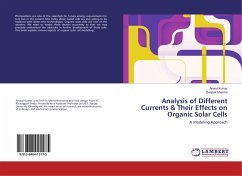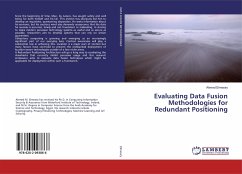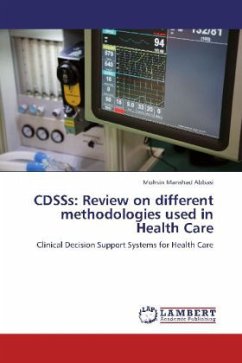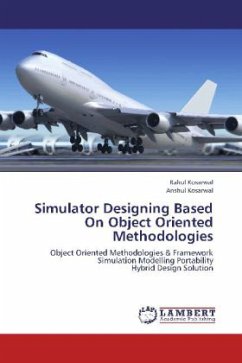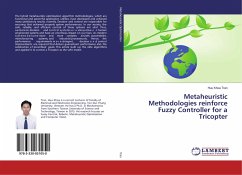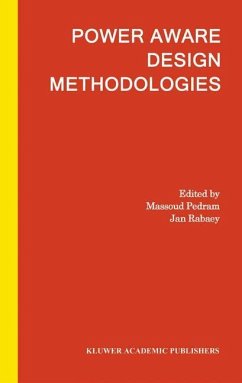The use and application of electrical currents, as a controlled interference mechanism in the human body system, is currently a strong source of motivation to researchers in areas such as clinical, sports, neuroscience, amongst others. In electrical stimulation (ES), the current applied to tissue is traditionally controlled concerning stimulation amplitude, frequency and pulse-width. The main drawbacks of the transcutaneous ES are the rapid fatigue induction and the high discomfort induced by the non-selective activation of nervous fibers. There are, however, electrophysiological parameters whose response, like the response to different stimulation waveforms, polarity or a personalized charge control, is still unknown. Current ES hardware lack flexibility on stimulation control and physiological response assessment. In this context, a miniaturized, portable and wireless controlled device with ES functions fully integrated with a biosignals acquisition platform has been created. The impact of the methodologies developed is successfully applied and evaluated in the contexts of fundamental electrophysiology, psycho-motor rehabilitation and neuromuscular disorders diagnosis.


